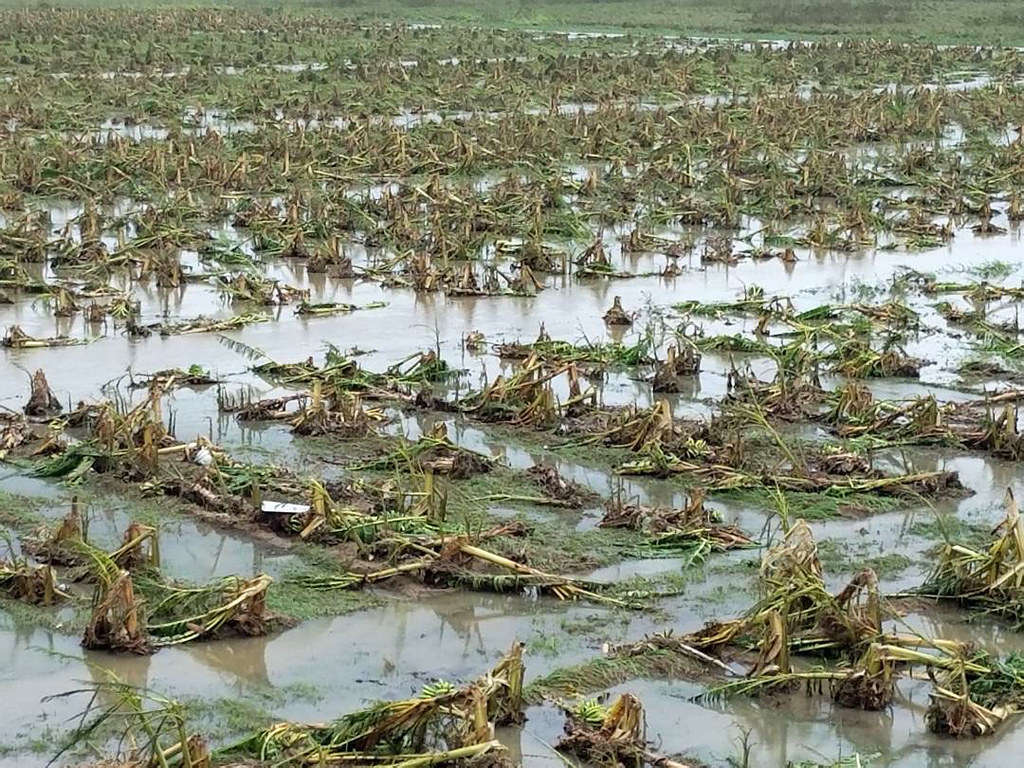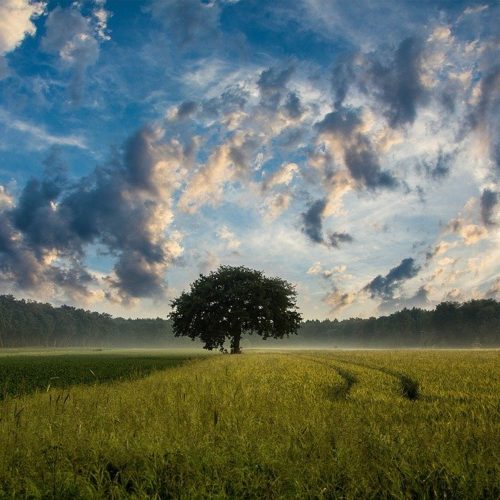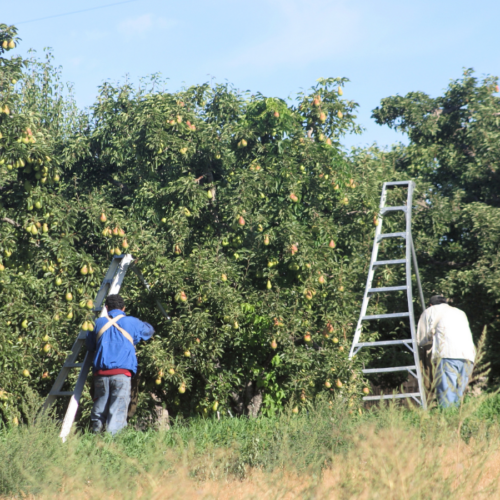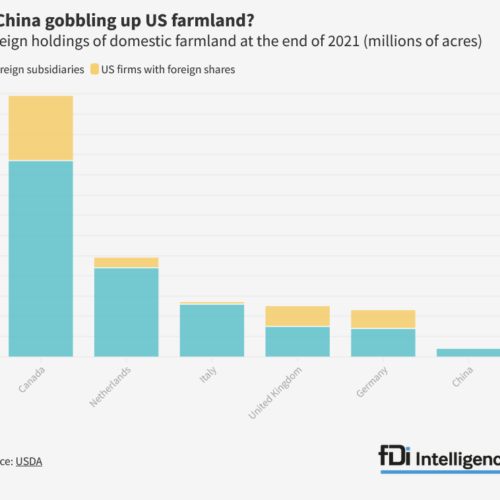Puerto Rico’s agriculture sector devastated by Hurricane Maria
If you have been following the utter devastation from hurricanes this year in both Puerto Rico and the U.S. Virgin Islands, you have heard little about agriculture on the islands and the effects of the hurricane on agriculture. Most of the media attention has gone to the human tragedy, and rightfully so. There are many reports of the destruction of the electric infrastructure, communications being wiped out, a lack of food and water, roads closed, bridges out, and hospitals in chaos. But we hear little about the fate of Puerto Rico’s agriculture.
Here is a look at Puerto Rico’s agriculture industry data prior to Hurricane Maria from a 2014 Report by the USDA accumulated from the last “Census of Agriculture.”
- There were 13,159 farms in Puerto Rico as of the last Census of Agriculture, consisting of 584,988 acres or an average of 44.5 acres per farm. Fifty one hundred farms have an area of less than 10 acres, while 385 farms are larger than 260 acres. The second largest category of farms, with 50 to 99 acres, contains 940 farms.
- Of the 584,000 acres of farmland, 67,000 are pasture land, 3,000 acres are woodlots, and 433,000 acres are crop producing land, 63,000 of which are irrigated. Much of the best agricultural land in Puerto Rico is relatively dry, in the rain shadow of the central mountains.
- Puerto Rican farmers hire approximately 30,000 workers each year; half of those hires are full time and the other half either part time or seasonal. Losing this agricultural sector puts 30,000 Americans out of work as well as the 13,000 farmers themselves.
- The total value of this agricultural production output for these 13,159 farms was $547 million in 2012, with $271 million of that from crop sales. The largest crops in Puerto Rico are sugar and plantains, followed by fruits and coffee.
- Of note, $50 million in plantains was lost to the hurricane. When ERC held its annual meeting in Fajardo, Puerto Rico, in 2013, we learned that it takes 18 months to grow plantains from planting to harvest. The devastation of Hurricane Maria will have a severe impact on the future income potential of the plantain farmers.
- There are 257,000 cows on the island, of which 100,000 are dairy cows, as well as 48,000 hogs and 10.9 million chickens.
- The ornamental sectors of agriculture output is worth $37.5 million, including Christmas poinsettias.

Hurricane Maria crop damage on Puerto Rico. Photo by PR Depat of US Department Agriculture; licensed under CC PDM 1.0
What was Puerto Rico’s agricultural industry is largely gone for the next year or longer, in many cases due to the hurricane’s devastation. Dairy brings with it special problems: feed crops were devastated, barns destroyed, and milking parlors flooded. There is no electricity for milking machines or refrigeration for the raw milk in storage. With or without electricity, cows still need to be milked twice a day.
Puerto Rico Secretary of Agriculture Carlos Flores Ortega estimates that 80 percent of the entire crop in the agriculture sector was wiped out, based on value. According to Secretary Flores, this loss amounts to $780 million, with plantains, bananas, and coffee the hardest hit. Poultry barns were blown away, killing the chickens in the process.
The U.S. Virgin Island’s agricultural sector is much smaller than Puerto Rico’s, but important to them all the same. At this time figures for the Virgin Islands are sketchy, but all one has to do is look at the before and after satellite pictures to see the lush green Virgin Islands go from green to brown to know that the islands have lost crops.
The U.S. House of Representatives has already approved $12 billion in immediate aid to the islands, and the House Natural Resources Committee will hold hearings on the progress being made in both territories on both November 7 and 14, 2017. Our CSG/ERC eyes and ears in Washington, Fran Boyd, will attend both of these hearings.
What is CSG/ERC doing to help? We have been working with Annabel Guillén, the federal affairs advisor to the Senate of Puerto Rico, and have had a conference call with a staffer to Puerto Rico’s non-voting representative to Congress, Jenniffer González Colón, to ask what ERC can do to help both long- and short-term. The most immediate need they had was not supplies, but office space in Washington, D.C. As a result, ERC Director Wendell Hannaford and ERC have located office space where Ms. Guillén can station several volunteers to operate phone banks to field calls and offers for assistance. That office space, funding for which is provided by CSG/ERC, is in the Hall of States, and comes with unlimited wifi
We are awaiting requests for more assistance. Debbie Paige, policy analyst for ERC’s Military and Veterans Affairs Committee and coordinator for ERC’s Council on Communities of Color, is working with members in the Virgin Islands to identify items needed, which we will ship to legislators to be used in their district offices, most of which were destroyed. As we learn what can be done to help the Puerto Rican and U.S. Virgin Islands agricultural community, we will make that known.





